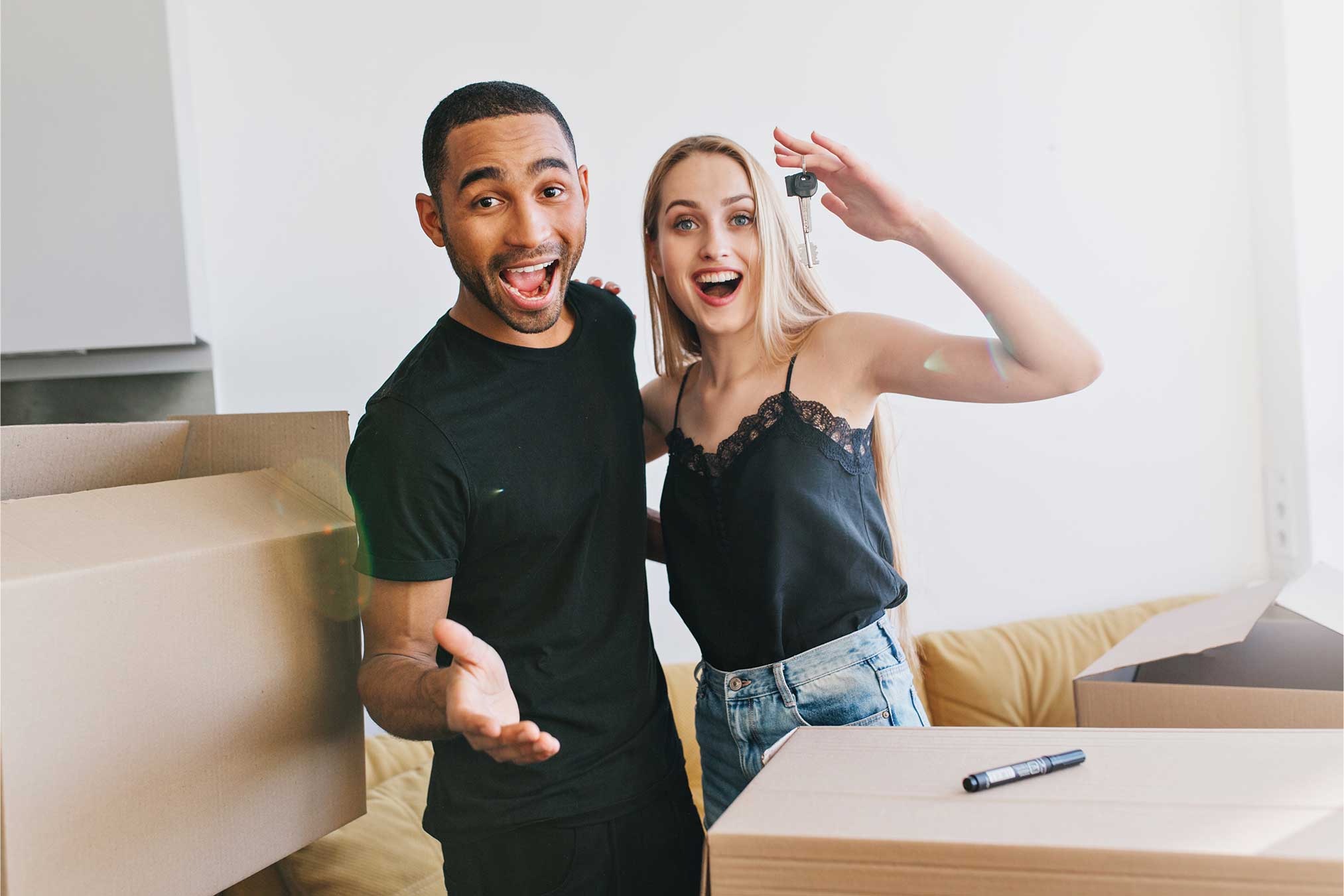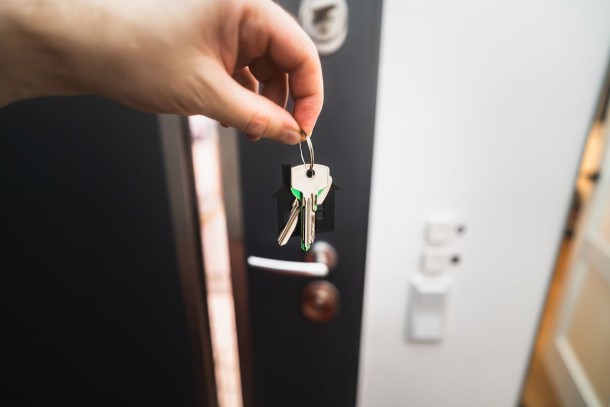Renting out a property often sounds straightforward. You list it, find a tenant, and wait for the income to come in. Many landlords, however, do not realise how strongly design influences a rental’s performance.
Even minor details can reduce interest and lower the rent you can reasonably charge. A tired or awkward looking space does not only stay empty longer. It also attracts less reliable tenants. Design issues are often overlooked, yet they steadily reduce your return on investment.
This article examines the design mistakes that may be costing you money and explains how small improvements can make a significant difference.
Bad Colour Choices
Colour might seem like a matter of personal taste, but it plays a major role in how people feel inside a space. Bright reds, deep purples, or dark greens can make rooms feel cramped and difficult to decorate. If tenants cannot imagine their own belongings working with your colour choices, they quickly lose interest.
In New York, many landlords choose soft whites or light greys that make rooms appear cleaner and larger. In Manchester, warm taupe and beige tones are common in rentals aimed at young professionals. In Australia, particularly in home designs in Newcastle, muted shades such as sandy neutrals or pale blues are popular because they suit a coastal environment and offer wide appeal.
Selecting the right paint can turn a dull flat into one that feels modern and easy to live in. Colour affects how tenants connect with the space. This emotional connection can influence their decision to apply for the property.
Matching your colour scheme to what renters expect in your region helps the property feel thoughtfully prepared. It also saves tenants from the effort of covering up bold or unusual tones. A small investment in the right colours can deliver strong returns.
Poor Layout Choices
A clear and functional layout is one of the first things tenants notice. When a flat has unusual room shapes, tight corners, or awkward pathways such as walking through a bedroom to reach the kitchen, the space feels uncomfortable. This can make a property seem smaller than it is.
Most renters prefer open layouts or at least a logical flow between rooms. Poor layouts waste space and make tenants question how they will fit their lifestyle into the property. This reduces enjoyment in daily living.
A complete renovation is not always necessary. Moving furniture to create open walkways or removing non load bearing dividers can make a space feel more inviting. Rugs and lighting can also guide movement and help tenants understand how to use each area more comfortably.
Outdated Interiors
A rental can be spotless and still appear dated. Beige tiles from the nineties, plastic light switches, or stained countertops all create an old fashioned look. These details reduce appeal even when the rest of the property is well maintained.
Tenants want a place that feels fresh and ready to move into. Old finishes create the impression of inheriting someone else’s leftovers, which is not ideal for renters paying market rates.
Focus on small updates that have a strong visual impact. Replace cabinet handles, fix worn taps, and refresh bathroom grout. New paint and updated light fixtures can transform the overall feel of a room. Clean, neutral, and modern finishes help the property look current and well cared for.
Inadequate Lighting
Lighting affects how spacious and inviting a rental feels. If a property is dim, shadowy, or unevenly lit, tenants feel closed in. This is an immediate turnoff, even if the rooms are clean and spacious.
Listings with poor lighting often remain vacant longer. Many people will not imagine how the space could look with different lighting. They simply move on to a brighter option. Poor lighting also highlights imperfections such as uneven walls or worn corners.
Lighting improvements are usually inexpensive. Replace older bulbs with brighter LED options, add lamps in dark corners, and use light coloured curtains to enhance natural light. Mirrors placed in the right spots can also improve brightness. These simple adjustments make the property feel more open and welcoming.
Neglected Curb Appeal
The exterior of a rental is the first thing prospective tenants see. If the front yard is messy or the entrance looks worn, interest drops before they even step inside. It creates the impression that the interior will be poorly maintained as well.
Broken letterboxes, chipped paint, or dying plants all send the wrong message. Even if the interior has been updated, the outside sets the tone. Some tenants will skip the inspection entirely if the exterior photographs look unappealing.
Improving curb appeal does not require major landscaping. Clean up overgrown areas, repaint the front door, and make sure the entry path is tidy. These simple efforts show care and instantly improve first impressions.
Ignoring Storage Needs
Storage may not be exciting, but it is one of the most common priorities among renters. No one wants to rely on boxes or cluttered hallways because the property lacks cupboards, shelves, or other storage solutions.
Even small properties can offer useful storage with a little planning. Hooks near entrances, floating shelves in living areas, and wardrobes in bedrooms can greatly improve functionality. These touches show that you understand how people live and help tenants feel settled.
Renters often choose between similar properties based on practical features. Adequate storage can be the deciding factor. It may not increase rent significantly, but it supports tenant satisfaction and long term occupancy.
Final Words
Fixing design flaws does not always require major renovations. Small changes can improve how a property looks and feels and help it stand out in a competitive rental market. When your rental is comfortable and easy to live in, tenants stay longer and are willing to pay more. Smart updates today can create stronger returns in the future.










